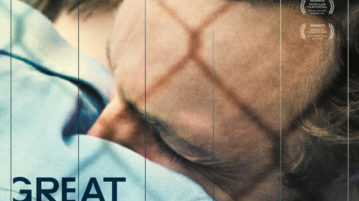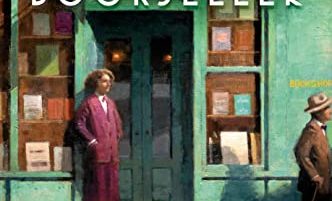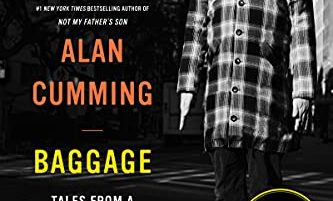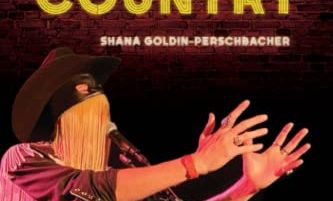
Memories of Recidivism
The success of Great Freedom depends almost entirely on its two leads, who play a pair of prison inmates who cross paths repeatedly over the years between 1945 and 1969. We’re first introduced to Hans, played by Rogowski, who frequents public toilets looking for hookups. On his most recent arrest and incarceration, in 1968, we discover that he’s an unrepentant recidivist. An older cellmate, Viktor, played by Friedrich, welcomes back his younger companion with a certain familiarity and good humor.
More









